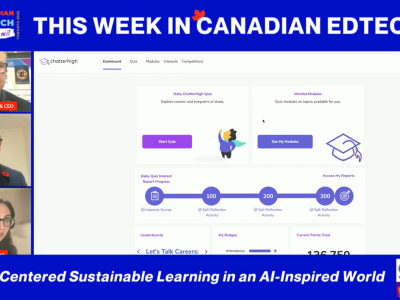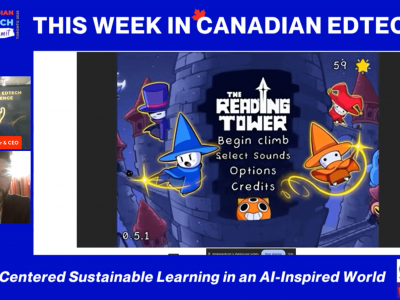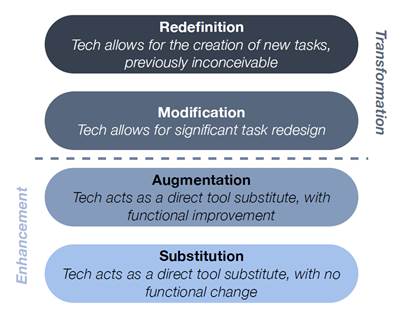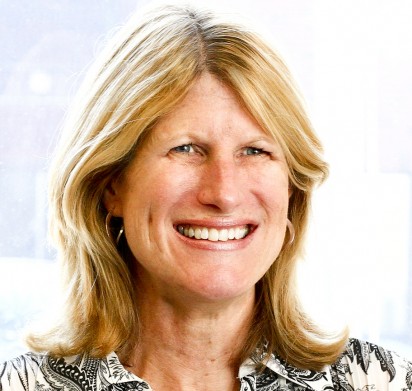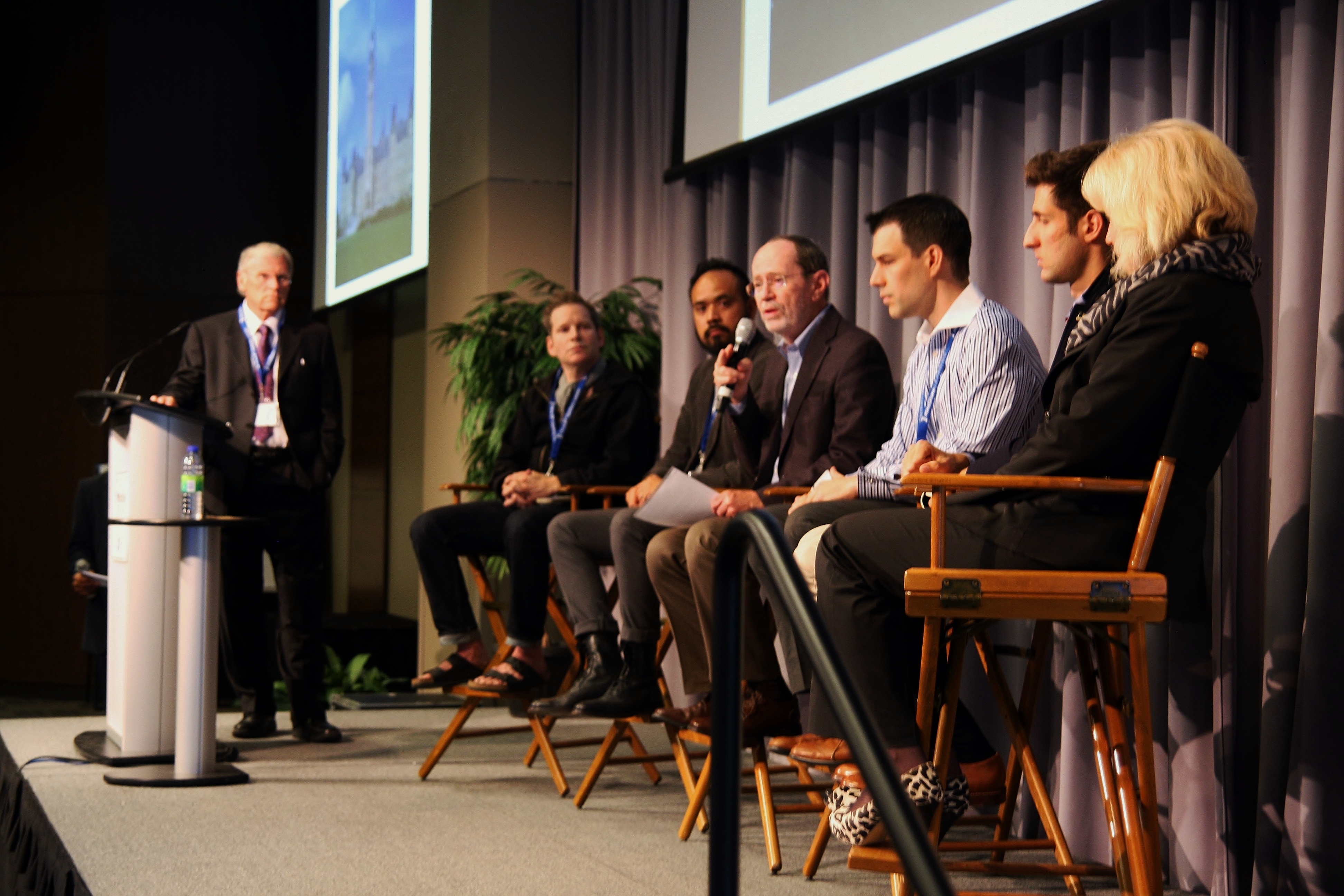by Bradley Grant
I can’t begin to count the number of times I’ve questioned my peers about the unengaging delivery of the standard university lecture, only to be combated with the all to common response “this is what university is, grit your teeth and suck it up.” I wonder if we should be so complacent to accept the tediousness of learning that is so embedded in the content we’re learning.
I use this example to tie into the topic of online learning; more specifically, what is good online learning and how can we implement it as educators?
As a new educator, I often see the remedy to this problem implemented through band-aid solutions. What I mean by this is that the solutions do not address the root of the problem. For example, simply changing the content of lectures or lessons by adding videos, using Prezi instead of slideshows (but its so much prettier!) or displaying information via new technology. This strategy only dresses up our delivery but does not remedy student boredom. I would argue that the source of this problem comes from student engagement, or lack there of.
What educators and industry leaders should focus on is how to make the student the center of their own learning. Our best strategy is to focus on this approach and supplement it within 21st century learning. Let’s look at the SAMR model as an example:
By implementing technology in a way were it allows students to explore their own ideas and view the content through technology it can engage students far beyond the standard lecture and listen approach. Online learning can simply be a remodelling of this approach, with all the bells and whistles of presenting information through a digital format, or it could reflect deeper understanding by approaching learning with student engagement in mind and by re-imagining the way we as educators implement and use technology.
About Bradley Grant
Bradley Grant is a Teacher Candidate studying at York University’s Faculty of Education. By using his own experiences in post-secondary education, in tandem with practical applications, in the classroom, he wanted to explore what it truly means to be a 21st century teacher.


